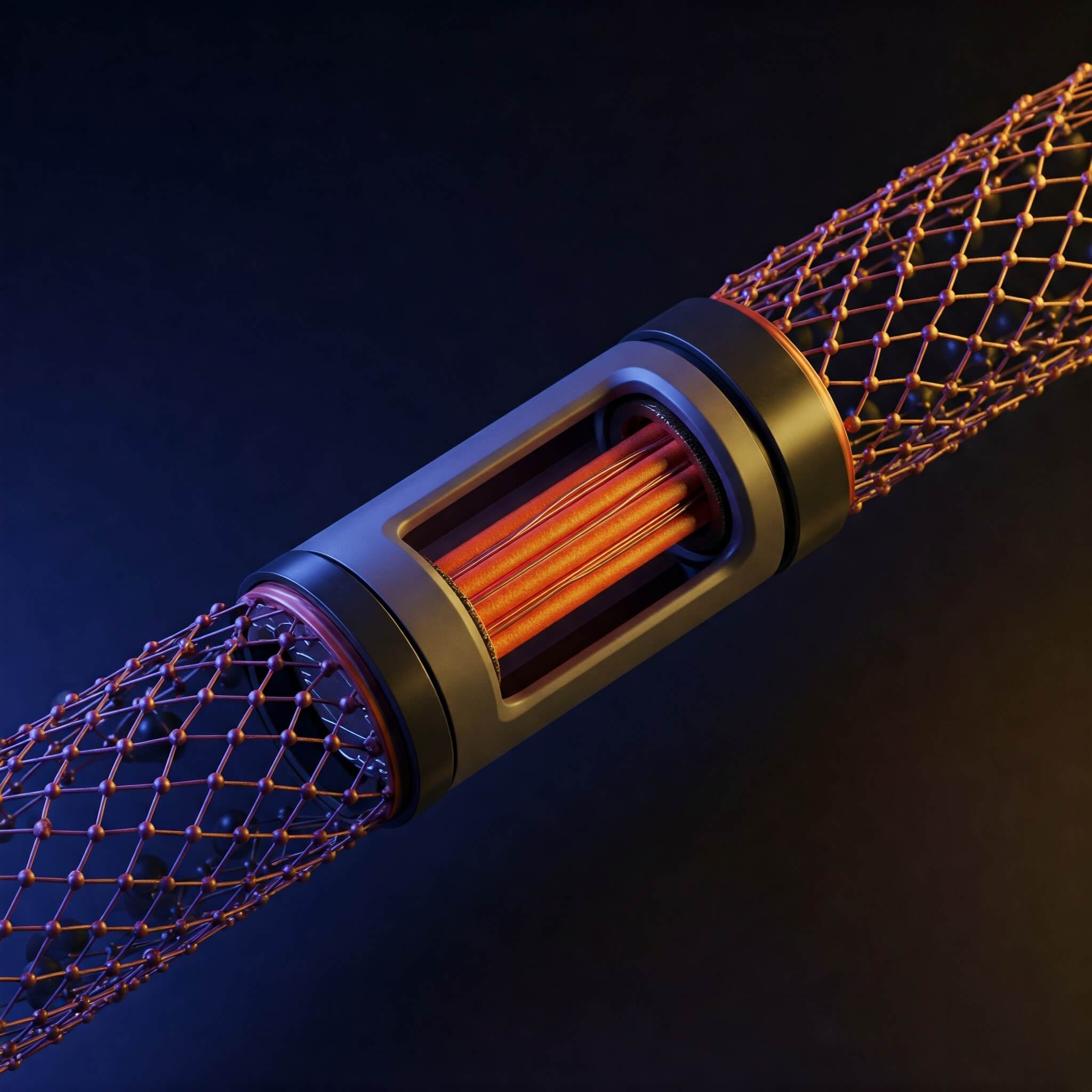Battery technology is constantly evolving, with researchers and engineers striving to create safer, more efficient, and longer-lasting power sources. Recent advancements in electrode design represent a significant step forward, promising to enhance both the safety and range of modern batteries. These improvements are particularly relevant for electric vehicles (EVs), where consumer demand for greater range and heightened safety is a driving force behind innovation.
One of the primary focuses of these design improvements is to mitigate the risk of thermal runaway, a dangerous phenomenon where batteries overheat and can potentially catch fire. Traditional battery designs, especially those using liquid electrolytes, are susceptible to this issue. Improved electrode structures are being developed to address this concern by enhancing heat dissipation and preventing the formation of lithium dendrites, which can cause short circuits. For example, researchers are exploring the use of porous metal current collectors within thick electrodes. These structures demonstrate notably suppressed joule heating currents, limiting peak temperature accrued during external shorting and nail penetration tests. By reorienting the inherent components of the cell, improved battery safety characteristics are demonstrated without altering the chemical make-up, emphasizing the profound influence of structural design.
Another approach to improving battery safety involves the use of solid-state electrolytes. Unlike liquid electrolytes, solid electrolytes are non-flammable, significantly reducing the risk of fire. Furthermore, solid-state batteries can enable the use of advanced electrode materials with higher energy densities, resulting in batteries that are both safer and more powerful.
Beyond safety, extending the range of batteries remains a critical objective. Innovative electrode designs are playing a crucial role in achieving this goal. One promising avenue is the development of 3D electrode structures, which maximize the surface area available for electrochemical reactions. This increased surface area facilitates faster charging and discharging rates, as well as higher energy density. For instance, Addionics, an Israel-based battery innovator, has developed an innovative approach to improving battery performance and efficiency by redesigning the internal structure of battery electrodes. Traditional batteries use dense, planar electrodes that limit ion flow, leading to issues with energy density, charge/discharge rates, and thermal management. Addionics aims to tackle these limitations by creating three-dimensional electrode structures that significantly improve ion flow and surface area. This novel 3D electrode design enables faster charging and discharging rates, higher energy density, and improved thermal stability.
Researchers are also exploring new materials for electrodes. Silicon, for example, has a much higher theoretical capacity for lithium ions than graphite, the material commonly used in anodes today. However, silicon undergoes significant volume changes during charging and discharging, which can lead to electrode degradation. To overcome this challenge, scientists are developing innovative electrode architectures that can accommodate these volume changes, such as using silicon nanoparticles or porous silicon structures. Similarly, the use of porous spherical conductive agents in dry-processed electrodes improves both the electrical performance and lithium-ion transport characteristics, which are difficult to incorporate in conventional wet processes. Optimizing the content of the porous spherical conductive agents enables the fabrication of high-energy-density cathodes with high areal capacities.
Moreover, dry electrode processing is gaining attention as it doesn't require solvents during electrode fabrication, enabling the production of homogeneous electrodes with significantly higher areal capacity than the conventional wet electrode process.
The design of thicker electrodes is also essential for applications of lithium-ion batteries that require high energy densities. Thick electrode design can reduce the use of non-active materials in batteries to improve the energy density of the batteries and reduce the cost of the batteries.
Another key aspect of improved electrode design is optimizing the pore structure within the electrode material. A well-designed pore structure facilitates the transport of lithium ions and electrons, enhancing the overall performance of the battery. Researchers are using various techniques, such as coating and calendaring, to create delicate pore structures that improve ion and electron transport, thus reducing the equivalent series resistance (ESR) and joule heating effectively.
In addition to materials and structure, manufacturing techniques also play a crucial role. 3D printing, for example, offers the possibility of creating complex electrode geometries with high precision. This can lead to improved battery performance and allow for the creation of batteries with customized shapes and sizes. Saku, a California-based battery technology firm, is beginning to license Cavian, the world's first platform for 3D printing battery electrodes. By eliminating the slurry and 3D printing the electrode these batteries can easily take on any shape this dry printing method allows for custom designs that fit seamlessly into products maximizing battery size without wasting space.
The ongoing advancements in electrode design are driving significant improvements in battery technology. By focusing on both safety and range, these innovations are paving the way for wider adoption of EVs and other battery-powered devices. As research continues and new materials and manufacturing techniques emerge, we can expect even more impressive gains in the years to come, bringing us closer to a future powered by safe, efficient, and long-lasting batteries.

















